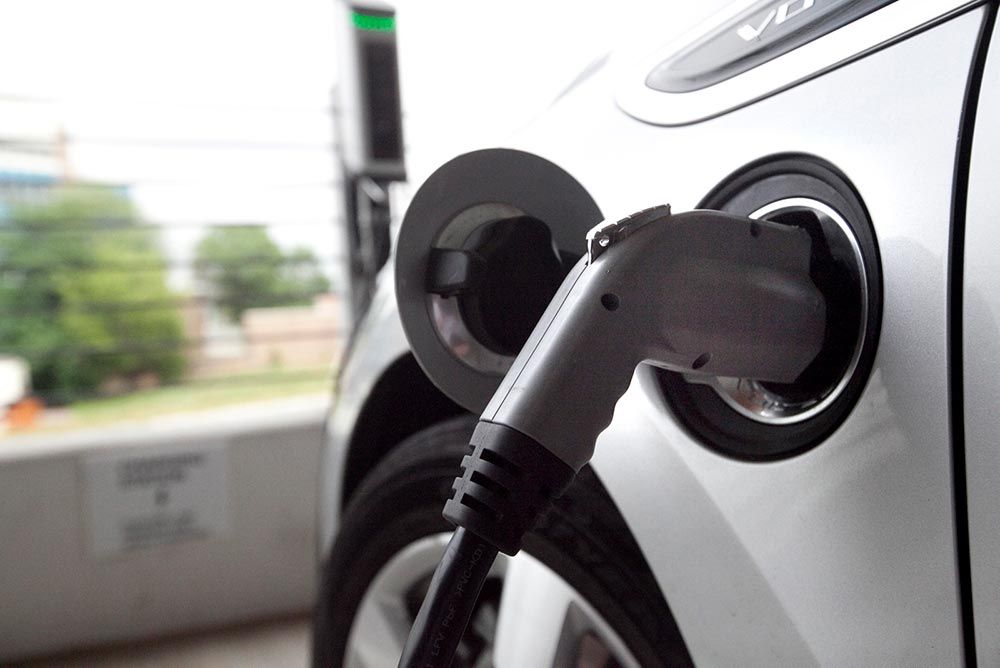Electric vehicles (EVs) are rapidly becoming the preferred choice for environmentally conscious drivers and those looking to save on fuel costs.
As the automotive industry evolves, EVs offer a sustainable and efficient alternative to traditional gasoline-powered vehicles.
One of the most critical components of an electric vehicle is its battery, which powers the car and determines its range and performance.
To ensure your EV performs optimally and has a long-lasting battery life, it’s essential to follow best charging practices.
Proper charging habits not only extend the life of your battery but also enhance the efficiency of your vehicle.
The transition to electric vehicles comes with a learning curve, especially when it comes to charging and maintaining the battery.
Unlike conventional vehicles that rely on refueling at gas stations, EVs require a different approach to energy replenishment.
Charging your EV involves plugging it into an electrical outlet or a charging station, and how you manage this process can significantly impact the battery’s health.
While charging an EV might seem straightforward, several factors come into play, including the type of charger, charging frequency, and battery management.
Maintaining an EV battery involves understanding its chemistry and how it reacts to different charging methods.
For instance, frequent use of fast chargers can lead to battery degradation due to excessive heat generation.
On the other hand, slow and steady charging with Level 1 or Level 2 chargers is gentler on the battery and promotes longevity.
Additionally, factors such as temperature, charging habits, and software updates play a crucial role in preserving battery health.
By adopting the right charging practices, you can maximize your EV’s battery life and ensure it delivers consistent performance over the years.
In this article, we will explore 15 essential EV charging tips that can help you extend your battery’s life and maintain its efficiency.
Whether you’re a seasoned EV owner or new to the electric driving experience, these tips will provide valuable insights into optimizing your charging routine.
From avoiding frequent fast charging to monitoring battery temperature, each tip is designed to help you make informed decisions about maintaining your EV battery.
By following these guidelines, you can reduce the need for costly battery replacements and enjoy a reliable, eco-friendly driving experience.
Let’s look into these charging practices and ensure your EV remains a sustainable and efficient mode of transportation for years to come.
1. Maintain the 20-80% Charge Rule
One of the most crucial principles for EV battery longevity is following the 20-80% charging rule.
This practice involves keeping your battery’s state of charge between 20% and 80% during regular daily use.
The science behind this recommendation relates to the chemistry of lithium-ion batteries and how they respond to different charge levels.
When batteries are consistently charged to 100% or discharged below 20%, they experience increased stress that can accelerate degradation.
Think of it like a rubber band stretching it to its maximum limit repeatedly will cause it to lose elasticity faster.
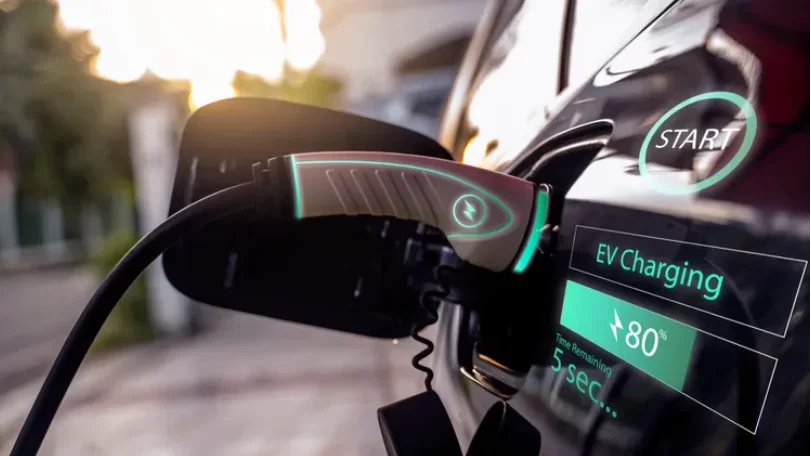
Most modern EVs allow you to set charging limits through their interface or smartphone apps.
Take advantage of this feature by setting your default charging limit to 80%. However, there are exceptions to this rule.
When preparing for long trips, it’s perfectly acceptable to charge to 100%, but try to time it so you begin your journey shortly after reaching full charge.
Studies have shown that batteries maintained within this optimal range can retain their capacity significantly longer, potentially extending useful life by 2-3 years compared to batteries regularly charged to 100%.
Additionally, charging to 80% usually takes less time than charging to 100%, as charging speeds naturally slow down at higher charge levels.
2. Avoid Frequent Fast Charging
While DC fast charging is convenient for long trips and emergencies, relying on it too frequently can accelerate battery degradation.
Fast charging generates more heat and stress on the battery cells compared to standard Level 2 charging.
Using DC fast chargers regularly can lead to faster capacity loss and reduced battery performance over time. Instead, use Level 2 charging as your primary charging method at home or work.
This slower charging process is gentler on the battery chemistry and helps maintain cell stability.
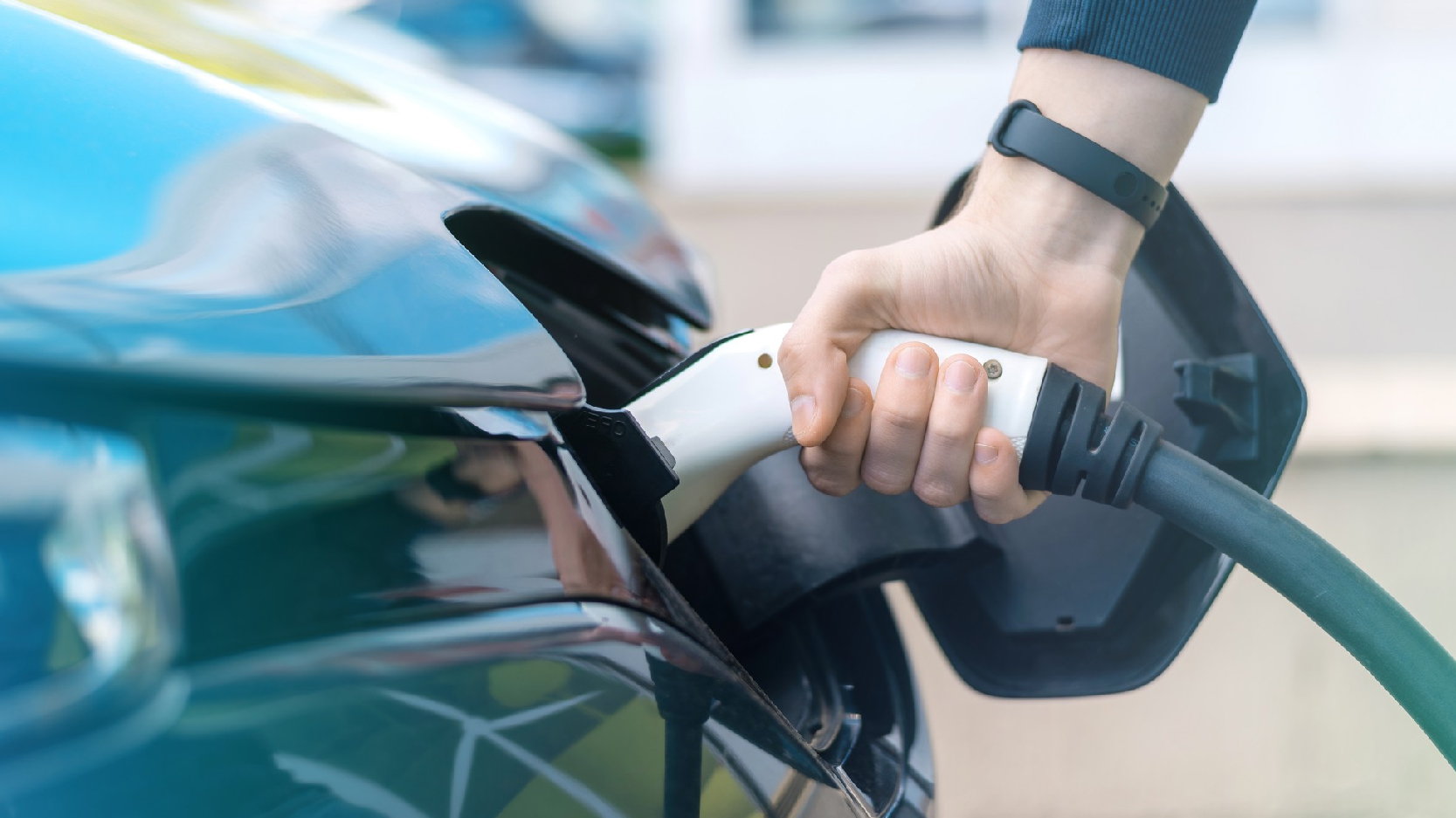
Reserve fast charging for long-distance travel or genuine time constraints. If you must use fast charging frequently due to your circumstances, try to charge to only 80% during these sessions, as the charging speed significantly decreases beyond this point anyway.
Studies have shown that batteries subjected to regular fast charging may experience up to 20% more degradation over their lifetime compared to those primarily charged at slower rates.
Additionally, fast charging in extreme temperatures (especially cold) can be particularly stressful for the battery, so consider the weather conditions when deciding whether to use this option.
3. Plan Charging Around Temperature
Temperature plays a crucial role in battery health and charging efficiency. Extreme temperatures, both hot and cold, can significantly impact your EV’s battery performance and longevity.
Whenever possible, charge your vehicle in temperature-controlled environments, especially during severe weather conditions.
In cold weather, try to charge immediately after driving while the battery is still warm, as this improves charging efficiency.
If possible, park in a garage or sheltered area where temperatures are more moderate. During summer months, avoid charging during the hottest part of the day, as high temperatures combined with charging heat can stress the battery.
Many modern EVs include thermal management systems, but supporting these systems through smart charging practices can help maintain optimal battery temperature.
Consider installing a carport or utilizing covered parking when charging, and if your vehicle has pre-conditioning features, use them to ensure the battery is at an ideal temperature before charging begins.
4. Schedule Off-Peak Charging
Taking advantage of off-peak electricity rates can significantly reduce your charging costs while potentially benefiting battery health.
Most electric utilities offer lower rates during off-peak hours, typically overnight. Modern EVs come with built-in scheduling features that allow you to set specific charging times.
By programming your car to charge during these off-peak periods, you not only save money but also help balance the grid load.
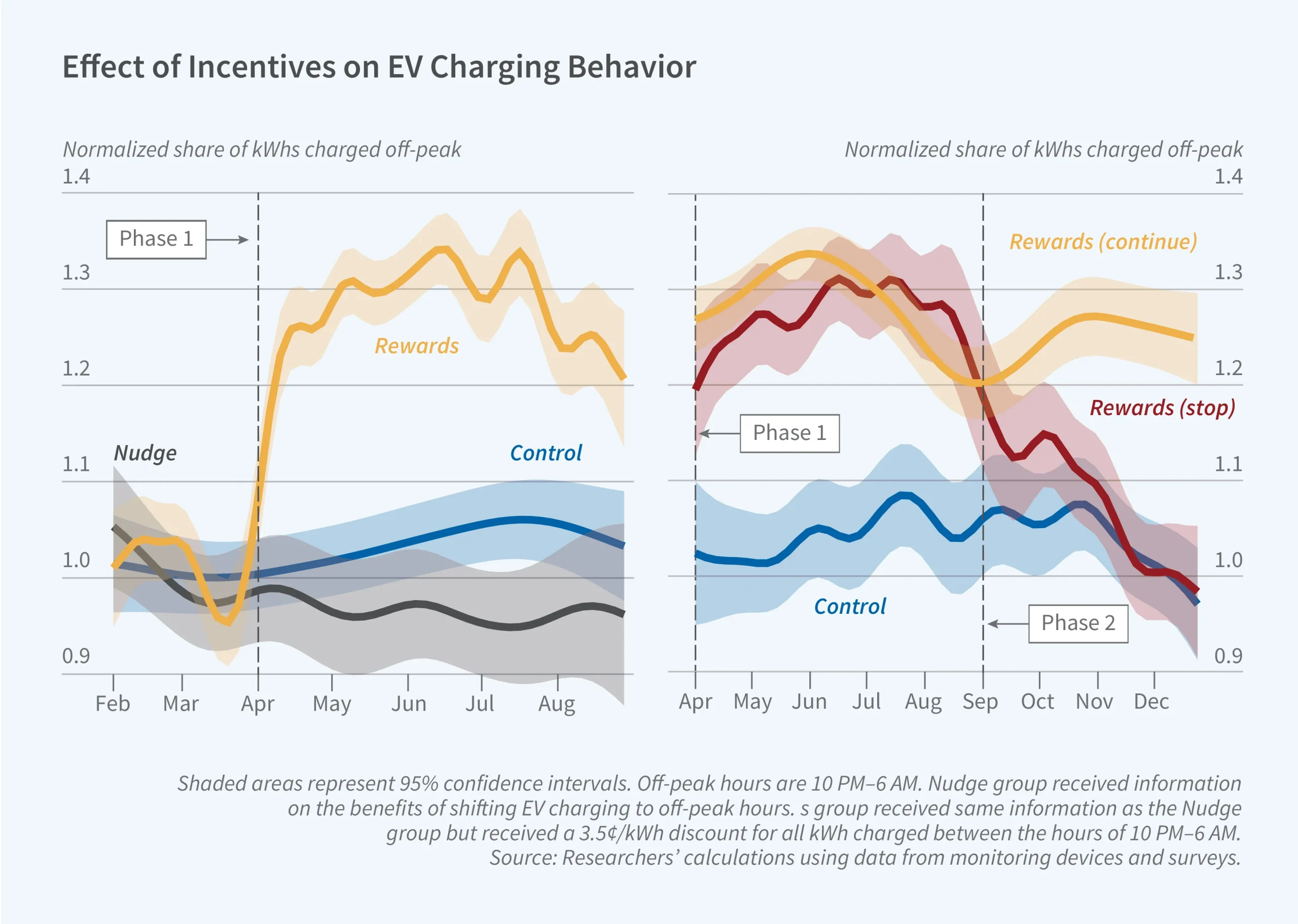
Additionally, nighttime charging often means cooler ambient temperatures, which can be better for battery health.
Consider setting your charging schedule to begin a few hours after off-peak rates start, as this allows the battery to reach optimal charge levels just before your morning departure.
This practice also helps reduce grid strain during peak demand periods and may contribute to a more sustainable energy ecosystem.
Also Read: 10 Classic Cars to Invest in Right Now Before Their Prices Surge in 2025
5. Don’t Leave Battery at 100% for Extended Periods
Keeping your EV’s battery at 100% charge for extended periods can accelerate capacity loss. When a lithium-ion battery remains at full charge, it experiences higher voltage stress, which can lead to faster degradation of the battery cells.
This is particularly important for long-term storage or when leaving your vehicle at airports during extended trips. If you know your car will be parked for several weeks, aim to leave it with a charge level between 40-60%.
This range represents the most stable state for lithium-ion batteries during storage. Some EVs offer storage mode or long-term parking settings that automatically maintain optimal charge levels.
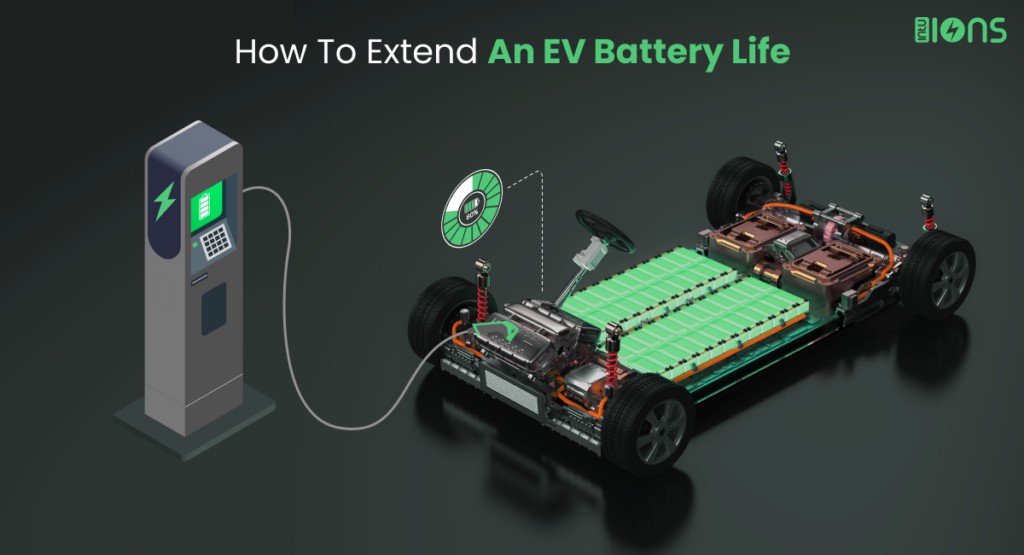
For daily use, if you must charge to 100%, try to time it so you’ll be driving shortly after reaching full charge.
This practice is especially important in hot climates, as heat combined with a high state of charge can accelerate battery degradation.
6. Use Scheduled Departure Features
Modern EVs come equipped with smart charging features that optimize charging based on your departure time.
These features do more than just ensure your car is charged when you need it. They can pre-condition the battery to an optimal temperature, warm up the cabin, and coordinate charging to finish just before your departure.
This reduces the time the battery spends at high charge levels and ensures maximum efficiency.
The scheduled departure feature can also help protect battery life in cold weather by warming the battery to its optimal operating temperature before you start driving. It’s more efficient to warm the battery while plugged in rather than using stored energy.
Additionally, some vehicles can learn your routine and automatically adjust charging schedules based on your typical usage patterns, further optimizing battery life and energy consumption.
7. Minimize Time Spent at Low Charge
While it’s important not to overcharge your EV, keeping the battery at very low charge levels for extended periods can be equally harmful.
When a lithium-ion battery’s charge drops below 20%, it experiences increased stress and potential for cell degradation.
Regular deep discharges can also lead to capacity loss over time. Plan your charging schedule to avoid running the battery too low, especially in cold weather when the range can be significantly reduced.
If you do need to run the battery low occasionally, try to charge it as soon as possible afterward.
Many EVs now provide increasingly accurate range estimates and will alert you when you should consider charging.
Some also offer features that can help you locate charging stations when your battery level gets low, helping you avoid deep discharge situations.
8. Optimize Home Charging Setup
Your home charging setup plays a crucial role in maintaining battery health. Install a Level 2 charger that matches your vehicle’s maximum AC charging capability to ensure optimal charging efficiency.
Consider the location carefully installing the charger in a covered or temperature-controlled area can protect both the charging equipment and your vehicle’s battery from extreme weather conditions.
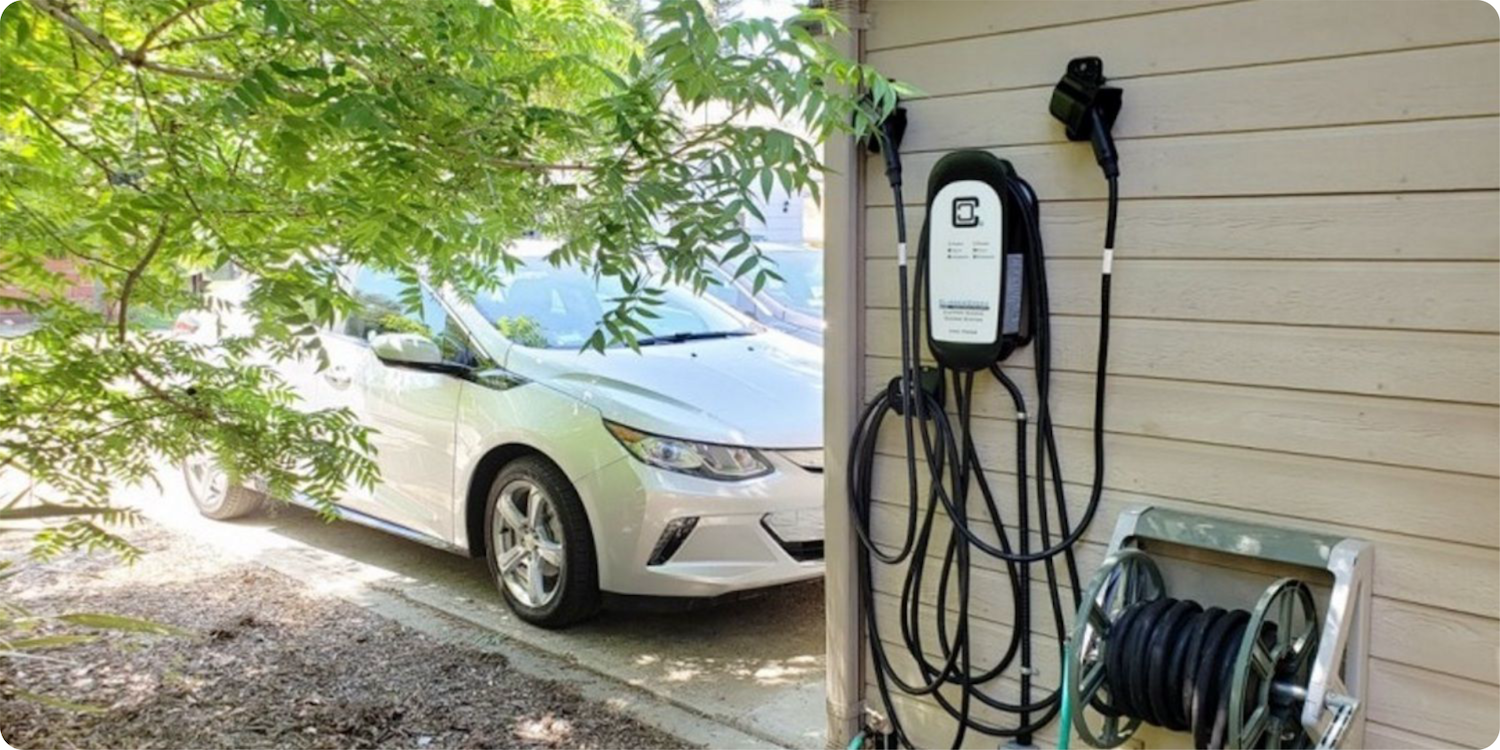
Make sure your home’s electrical system can handle the charging load without overheating, as this could affect charging efficiency and safety.
Some modern home chargers come with smart features that can monitor charging patterns, detect potential issues, and even integrate with home solar systems.
Additionally, ensure proper ventilation in enclosed charging spaces and keep the charging area clean and dry to prevent any electrical issues that could affect charging quality.
9. Monitor Charging Speed and Efficiency
Regularly monitoring your charging speed and efficiency can help identify potential issues before they become serious problems.
Most EVs provide detailed charging information through their dashboard or companion apps. Pay attention to how quickly your vehicle charges and note any significant changes in charging speeds or patterns.
A sudden decrease in charging efficiency could indicate issues with the battery, charger, or charging settings.
Factors like temperature, charging level, and charging method all affect charging speed. Understanding these patterns helps you optimize charging schedules and maintain battery health.
Keep track of your energy consumption and charging times to ensure your vehicle maintains consistent charging performance over time.
10. Use Climate Pre-Conditioning
Pre-conditioning your vehicle while it’s still plugged in can significantly impact battery efficiency and longevity.
This feature allows you to heat or cool the cabin and battery while drawing power from the grid rather than the battery. Pre-conditioning is especially valuable in extreme temperatures, as it brings the battery to its optimal operating temperature before you start driving.
In winter, this can help preserve range by reducing the energy needed to warm the battery and cabin. In summer, it helps prevent battery stress from extreme heat.
Most EVs allow you to schedule pre-conditioning through their app or infotainment system, coordinating it with your typical departure times.
This practice not only improves comfort but also helps maintain consistent battery performance across different weather conditions.
11. Consider Battery Capacity in Weather Extremes
Extreme temperatures significantly affect battery performance and charging behavior. In cold weather, battery capacity can temporarily decrease by up to 40%, while charging times may increase.
During hot weather, fast charging might be automatically limited to protect the battery. Plan for these variations by adjusting your charging routine seasonally.
In winter, maintain a higher average state of charge to compensate for reduced range. During summer heat waves, avoid charging during the hottest parts of the day and seek shaded or covered charging locations when possible.
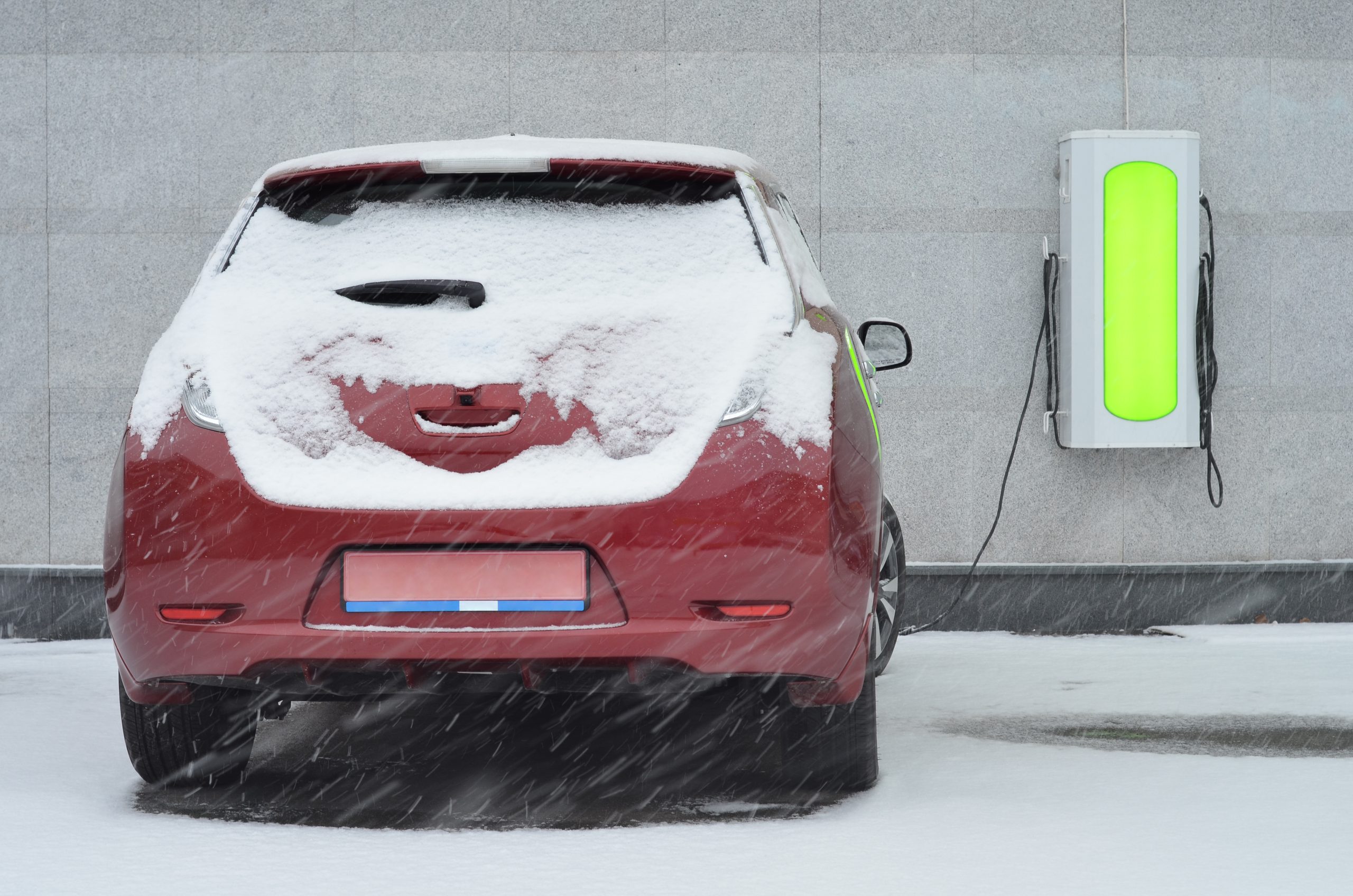
Some EVs offer winter and summer driving modes that optimize battery performance for different weather conditions.
Understanding these seasonal impacts helps you plan charging stops and maintain battery health throughout the year.
12. Balance Charging Frequency
Finding the right charging frequency is essential for optimal battery health. While it might be tempting to plug in whenever possible, excessive short charging sessions (particularly from very high states of charge) can create unnecessary wear on the battery.
Instead, aim to charge when the battery drops to around 30-40%, bringing it up to 80% in a single session.
This approach reduces the total number of charging cycles while maintaining a healthy charge level.
For daily commuting, try to establish a routine that matches your typical energy usage. If you drive 30% of your battery capacity each day, charging every 2-3 days might be more optimal than daily top-ups.
However, this should be balanced against your specific needs and circumstances, such as unpredictable travel requirements or limited charging accessibility.
13. Understand Your Battery’s Charging Curve
Every EV battery has a unique charging curve that affects how quickly it can accept power at different charge levels.
Typically, charging is fastest between 20% and 60%, then gradually slows as the battery fills up.
The final 20% (from 80% to 100%) usually takes disproportionately longer due to the battery management system carefully balancing the cells.
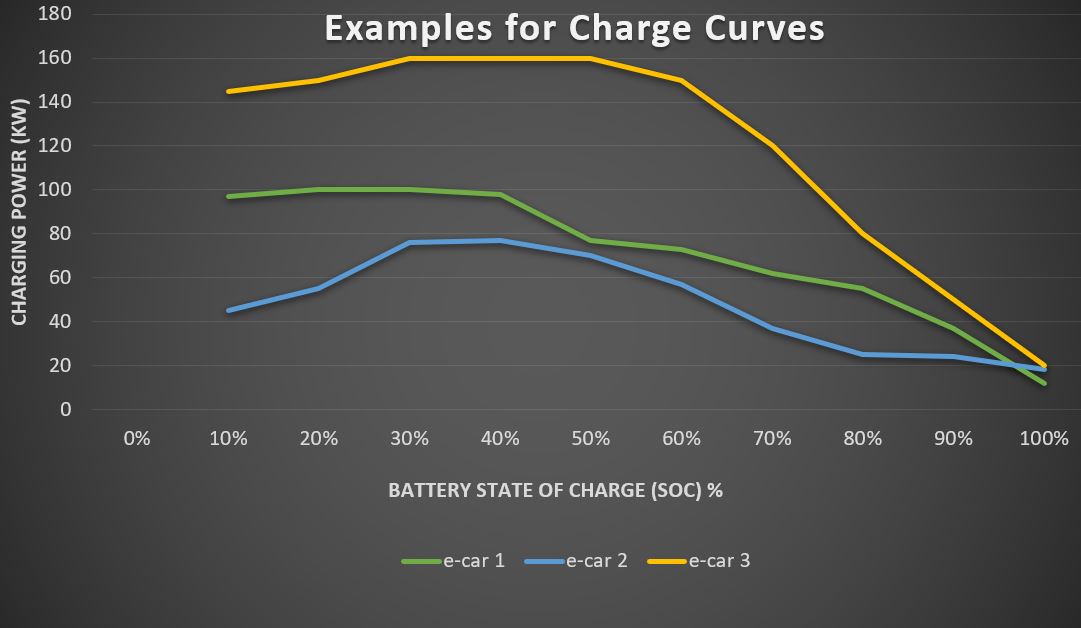
Understanding this curve helps you plan more efficient charging stops on long trips.
For instance, it’s often faster to make two shorter charging stops, charging from 20% to 80% each time, than one longer stop trying to reach 100%.
This knowledge also helps you make better use of paid public charging time and reduces unnecessary wear on the battery from extended high-power charging sessions.
14. Maintain Regular Service Intervals
While EVs generally require less maintenance than conventional vehicles, regular service checks are crucial for battery health.
Follow your manufacturer’s recommended service intervals, which typically include diagnostic checks of the battery management system.
These checks can identify potential issues early, such as individual cell imbalances or cooling system problems that might affect charging efficiency.
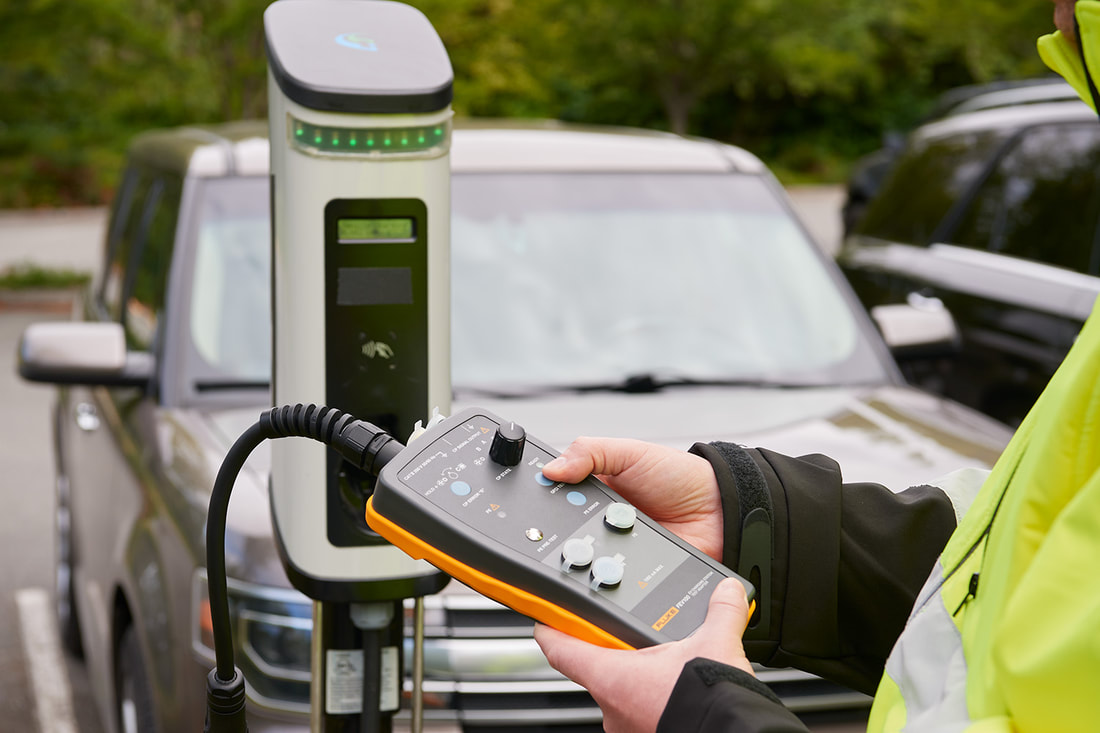
Regular software updates can also improve battery management and charging optimization.
Some manufacturers provide battery health reports during service visits, helping you track degradation over time.
Keep detailed records of any battery-related warnings or unusual behavior to discuss during service appointments.
15. Use Smart Charging Features
Take advantage of your EV’s built-in smart charging features to optimize battery life and charging costs.
Many modern EVs offer features like adaptive charging, which learns from your driving patterns to optimize charging strategies.
Some vehicles can automatically adjust charging rates based on your scheduled departure time, minimizing the time spent at high charge levels.
Vehicle to grid (V2G) and vehicle to home (V2H) capabilities, where available, should be used judiciously to avoid excessive battery cycling.
Smart charging apps can help you track charging costs, monitor battery health, and optimize charging schedules based on electricity rates and grid demand.
These features often integrate with home energy management systems to coordinate charging with solar production or other power management needs.
Also Read: 10 European Cars That Define Luxury with Prestige, Performance, and Lasting Value

